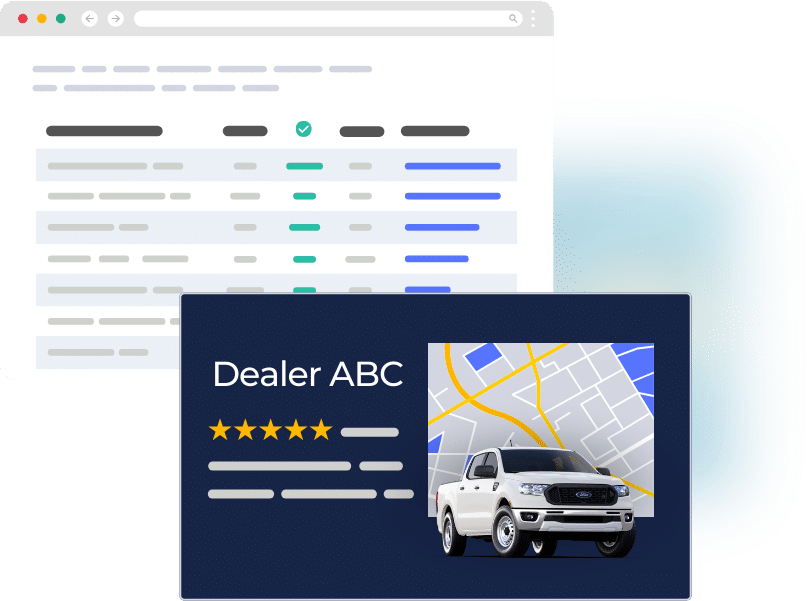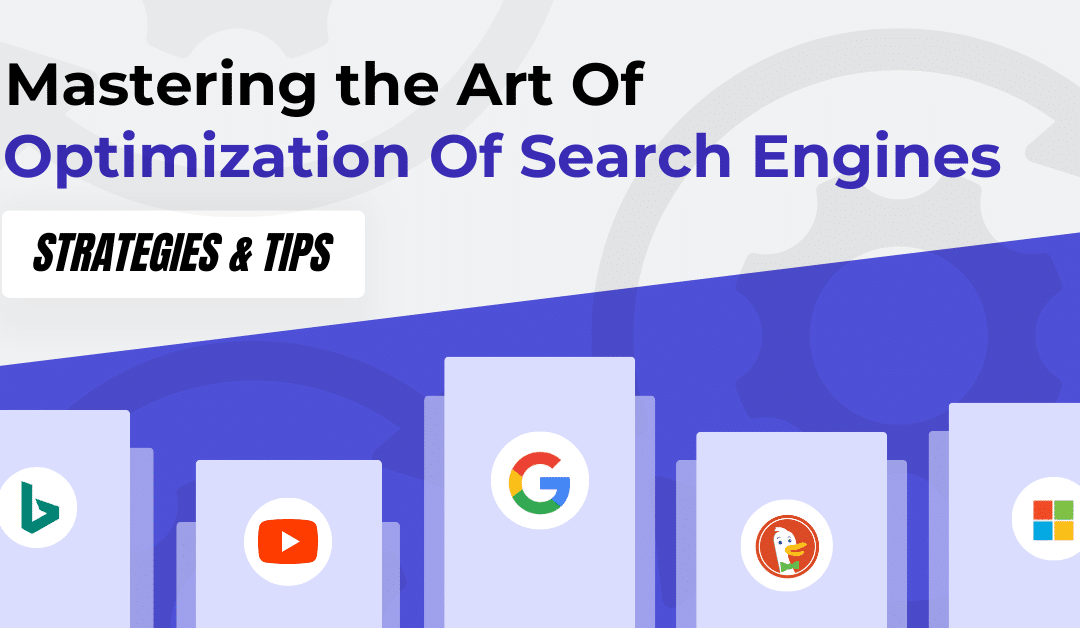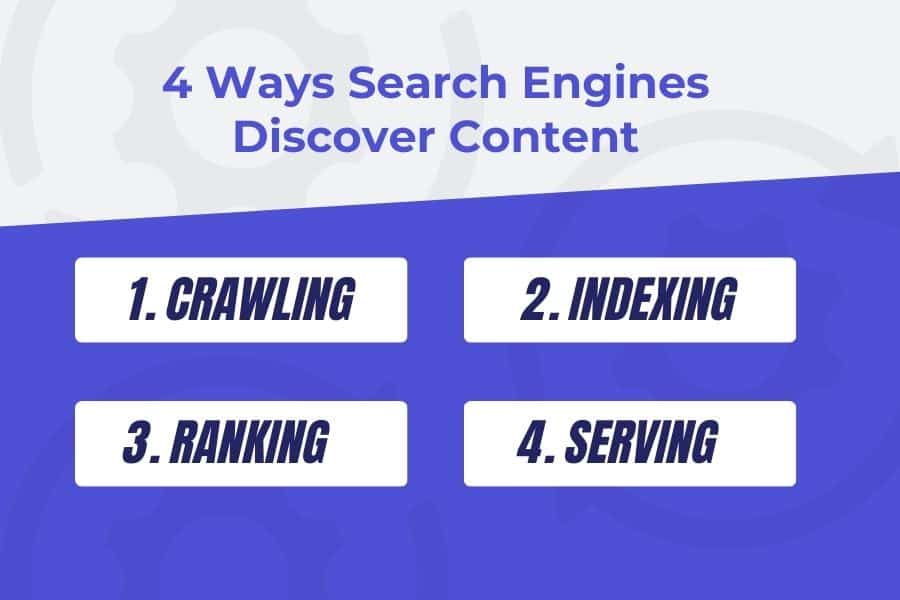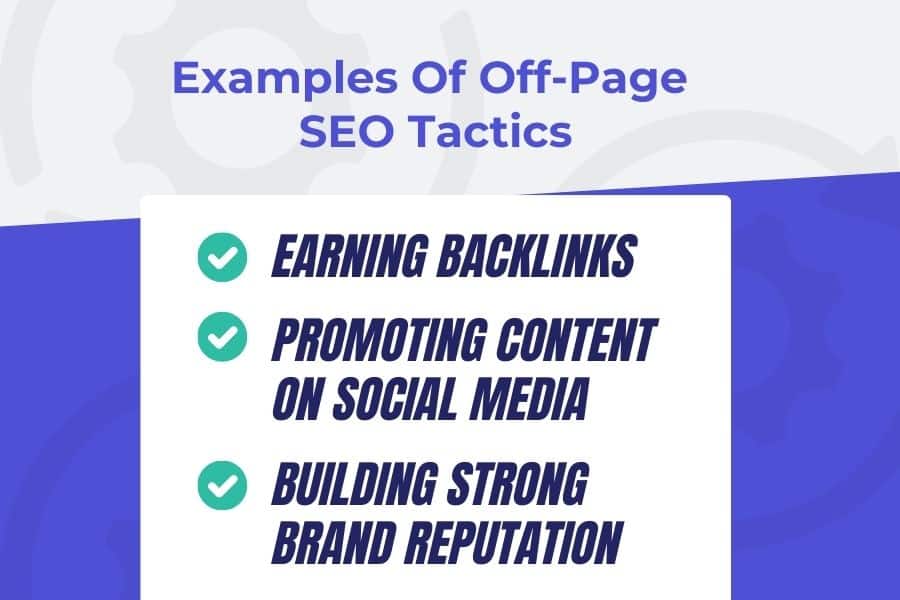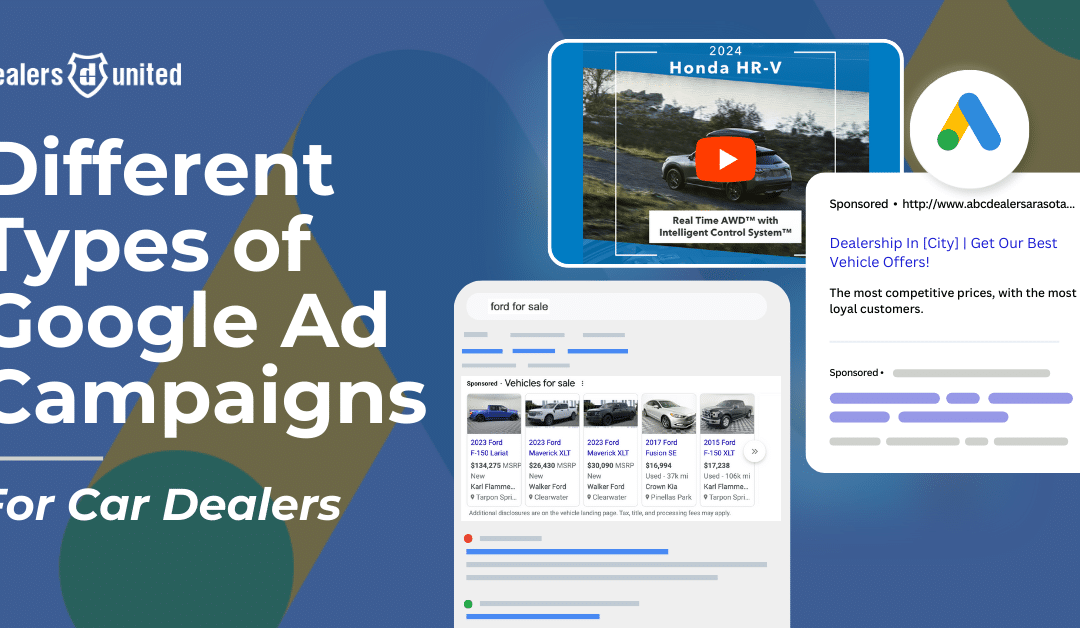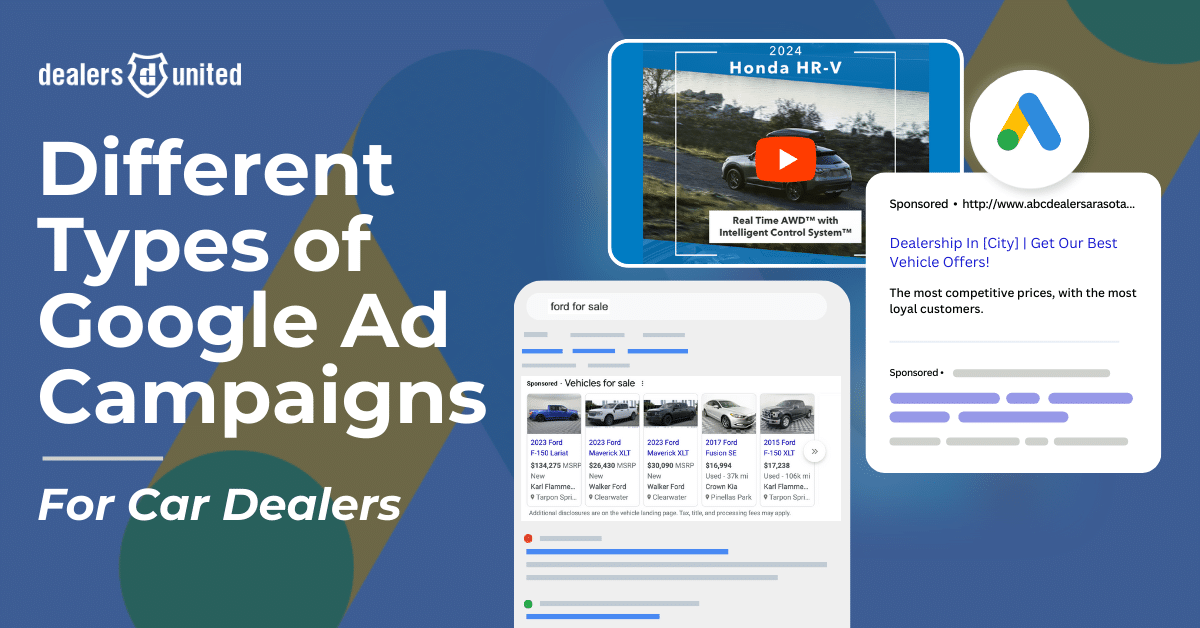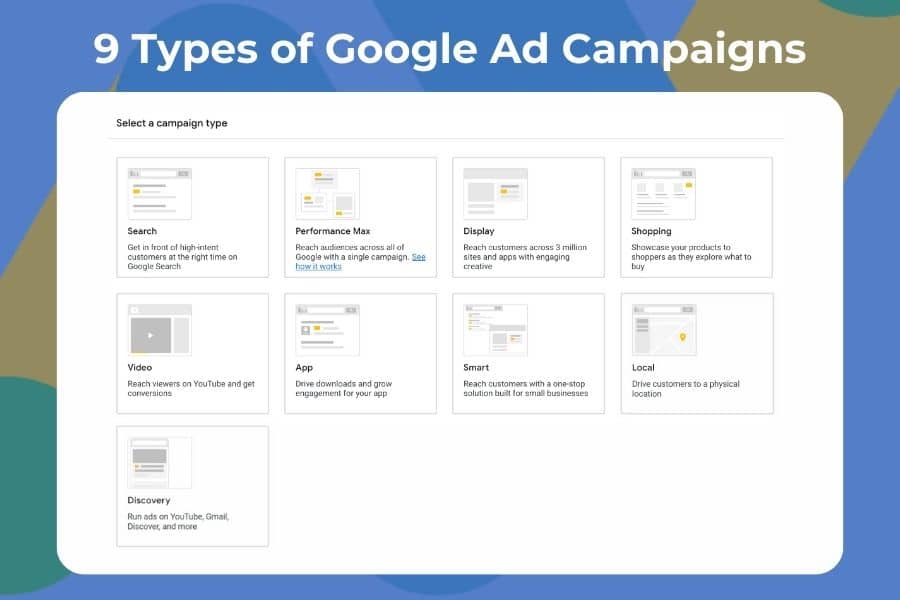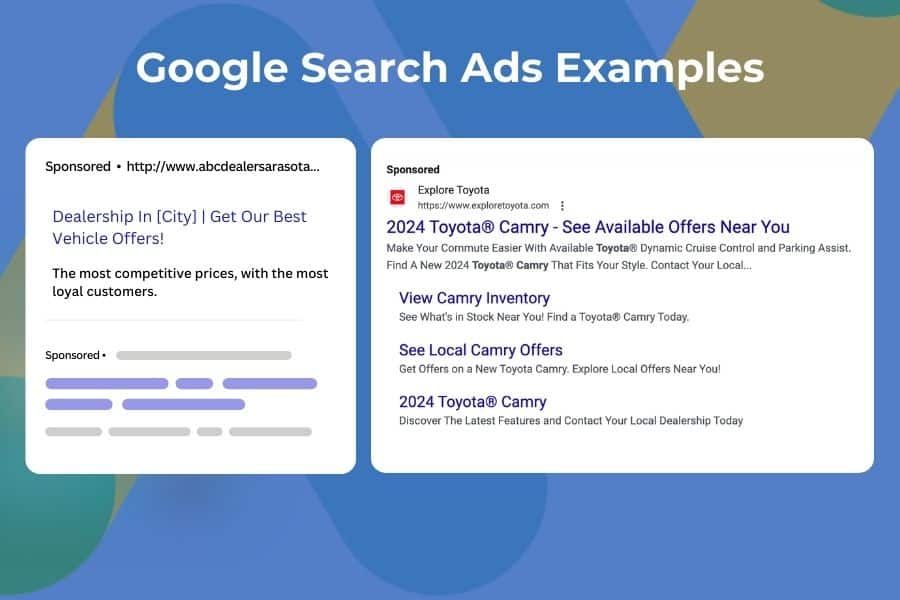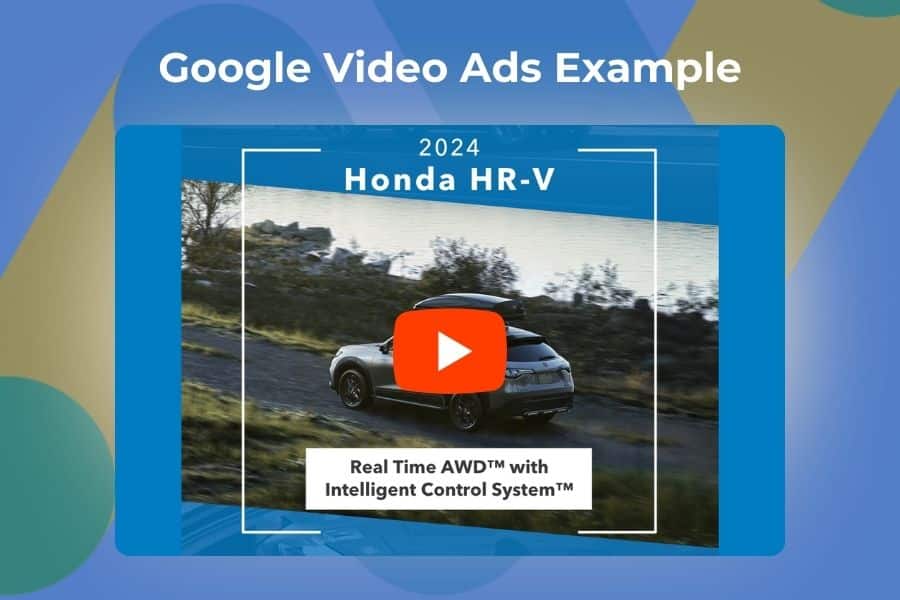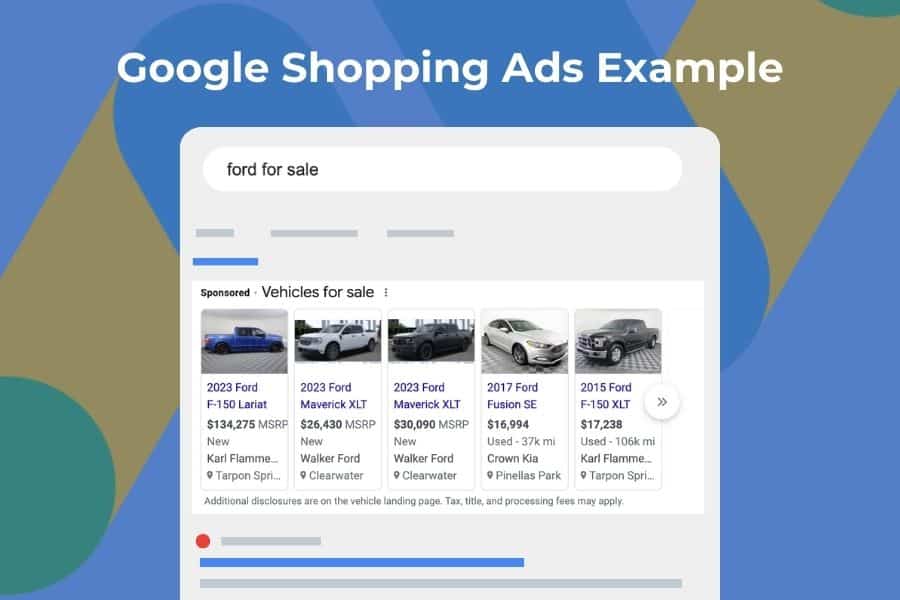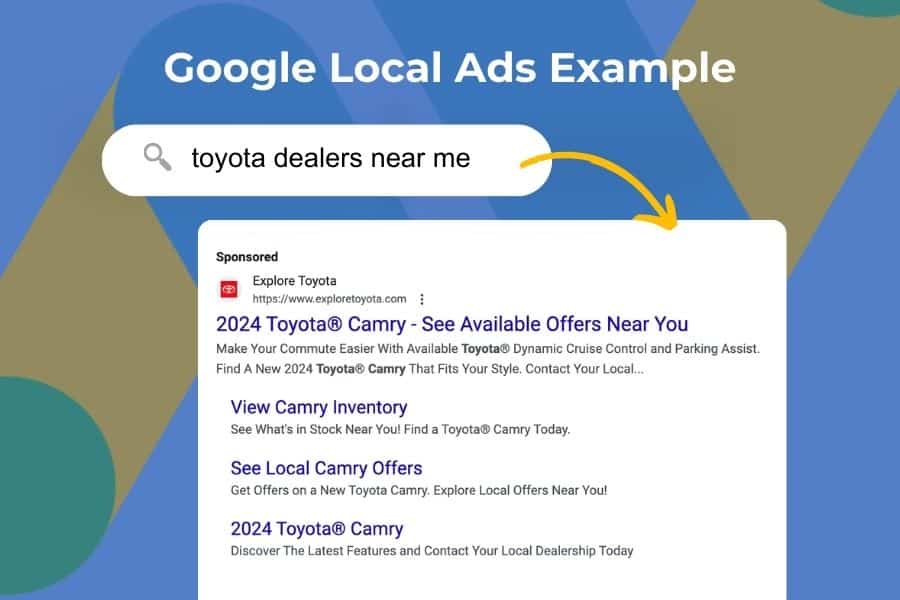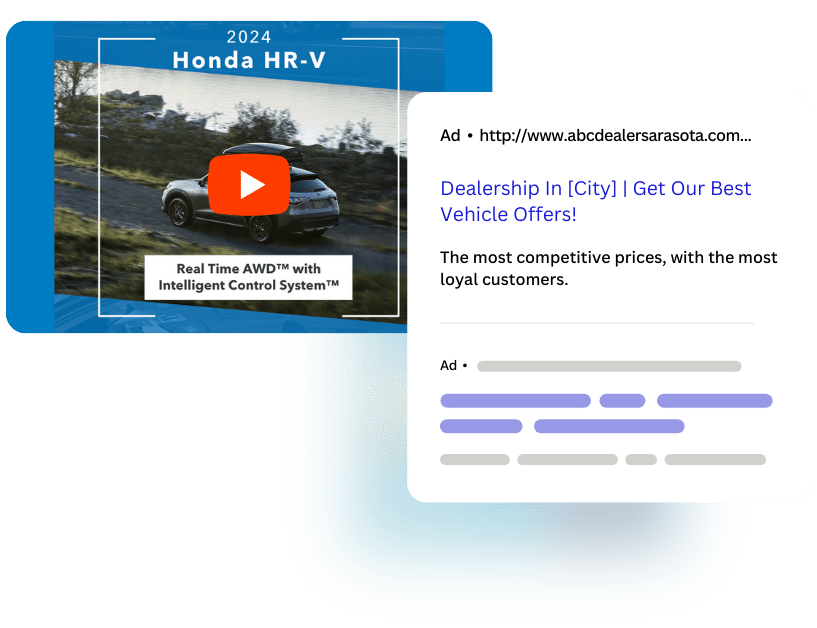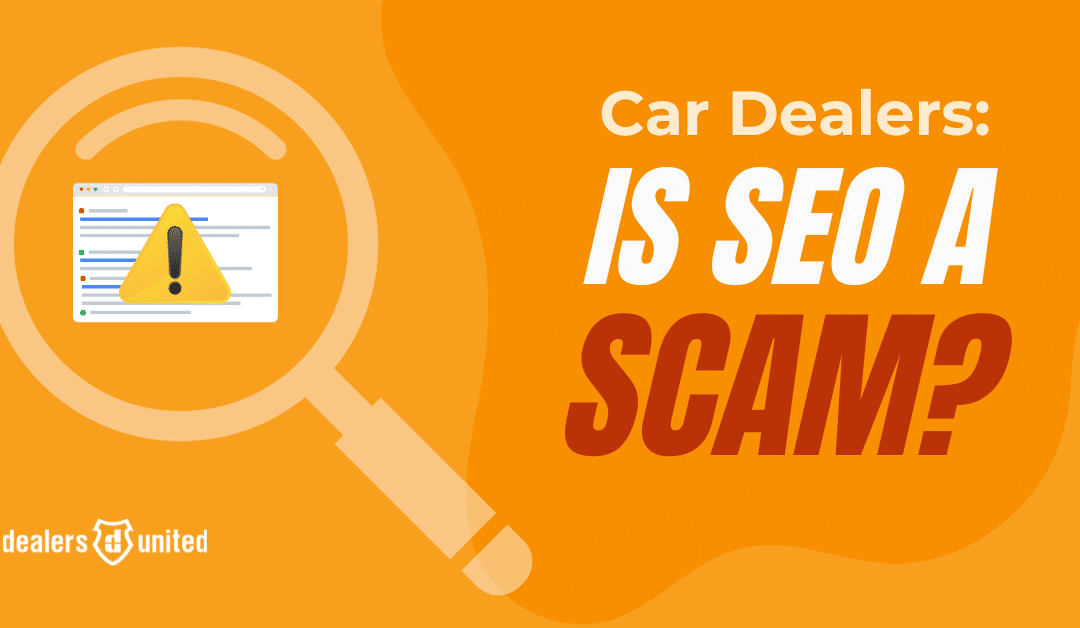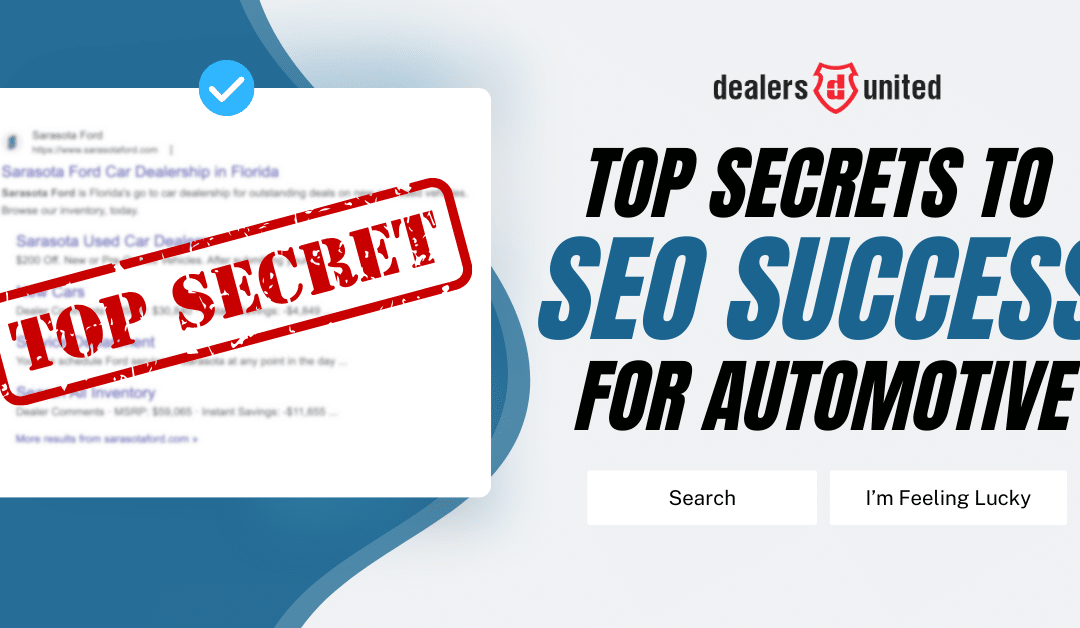
Top Secrets to SEO Success For Automotive
Top Secrets to SEO Success For Automotive
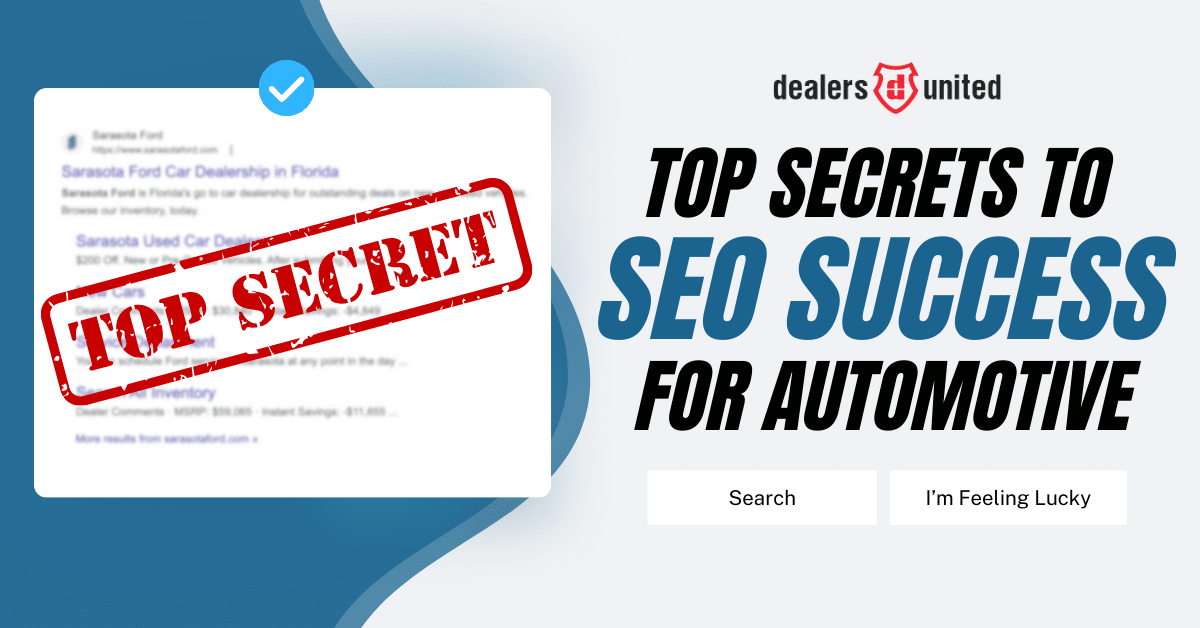
Want to unlock the full potential of SEO for your dealership? Learn more about Dealers United’s customized SEO solutions for car dealers.
Meet Your Audience’s Needs with Helpful Content
The foundation of quality content is understanding what questions your audience has and providing helpful answers. This is simply the bottom line.
Google’s quality raters assess content on expertise, authoritativeness, trustworthiness and overall usefulness to users. Your content needs to pass all quality rater guidelines. Also, make sure your content is actually helpful, and not just generated based upon keyword volume or certain long tail keywords.
Targeting featured snippets is one tactic— formatting your content to directly answer common search queries. Always analyze competitor content that currently ranks well so you can identify what users want. Craft original, accurate and easy-to-understand content that solves your audience’s needs.
Choose The Right Keywords Through Research
Now, we just told you to not write articles based on keyword volume, yet we’re talking about keyword research…
It’s not necessarily about the volume, but more so about how the different keywords relate on a semantic level. Remember, Google acts as a language search engine, and the more related your language is, the better it will rank.
Thorough keyword research underpins an effective SEO strategy. Focus on keywords with high relevance that can cluster together well (clustering refers to how similar the keywords are to each other).
Use keyword research tools to find related keywords to your car dealership (or find out how Dealers United experts can help you pick the perfect keywords for your dealership). Place specifically targeted keywords naturally in headings, URLs, image alt text and content.
Remember that stuffing keywords randomly hurts readability. Keep copy user-focused by only adding keywords where they fit contextually. This improves user experience while signaling relevance to search engines crawling your pages.
Optimize On-Page Elements For Crawlers and Users
On-page optimization makes your site easily digestible for both search bots and visitors. Use descriptive page titles under 60 characters targeting primary keywords. Craft unique meta descriptions under 160 characters to entice clicks. Improve URL structure with keywords and organize information using heading tags.
Ensure fast load speeds as slow pages hurt user experience and rankings. Check elements like images, plugins and page weight. Make your website mobile-friendly and easy to navigate with intuitive IA and strong internal linking.
Gain Credibility Through Links and Mentions
Earning high-quality backlinks signals trust and authority to search engines. Reach out for guest posting opportunities on relevant, reputable sites related to your niche. Promote and share your best content to make it more findable. List your business accurately on relevant local directories and claim full profiles.
Positive mentions like press features, reviews and social shares also boost credibility. Encourage genuine feedback and testimonials from customers that establish expertise.
Adjust Your Approach Based on Performance
Continual learning is key for SEO professionals as algorithms change constantly. Leverage analytics to assess how visitors interact with your site and content. Identify issues hurting metrics like dwell time and bounce rate so you can optimize further.
Study your competitor’s strategies as well— their successes reveal tactics you can implement. Always refine your approach rather than remaining stagnant, using data to determine what works.
Master Conversion Optimization
Remember that SEO goes beyond driving traffic— it should generate conversions and revenue.
Use A/B testing to improve landing page copy and calls-to-action. Identify your core activation metric and optimize content for that action rather than vanity metrics like sign-ups. This tactic results in higher customer retention and ROI.
Summary of Top Secrets to SEO Success for Automotive
By focusing on value for users, optimizing holistically, monitoring data often and building credibility over time, your SEO efforts will generate more qualified organic traffic. Combine these insider secrets revealed from leading experts for strategies that outperform competitors. Adjust based on performance but remain dedicated, and your rankings will continually improve.
What’s your top SEO tactic? Share in the comments!








